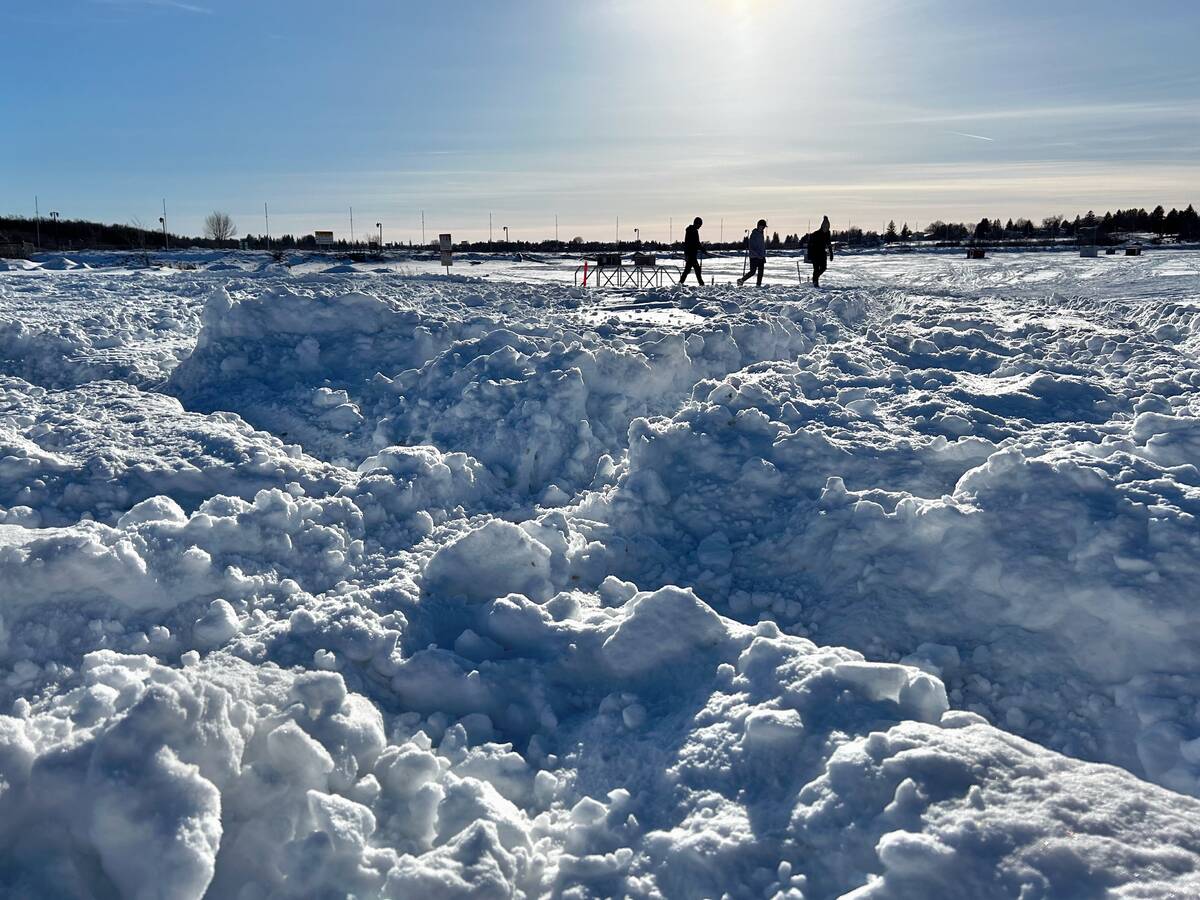Last month, I received an email asking about my weather station and the different kinds of weather stations available.
While I do know a thing or two about weather stations — I have had three over 26 years — I would not consider myself an expert. I do not have enough clout in the weather world for manufactures to send me their systems for test and review, nor am I wealthy enough to buy different systems to try.
In most ways, I am like you. I want to the get the best weather bang for my buck.
Read Also

Predicting Manitoba winter snowfall
How much snow should farmers in Manitoba expect for the rest of December 2025 and into January-February 2026? Here’s what the weather models say about the winter to come.
I will share my experiences with the weather stations I have had and now use. Then I’ll talk about what you should look for in a weather station and examine what is available, ranging from simple at-home stations not connected to the internet to those that allow you to get weather information from nearly anywhere, no matter where you install it.
Weather check in
Before diving in, global temperatures for August have been reported by ECMWF’s Copernicus Climate Change Service. They report that August tied with last August as the warmest August on record, with a mean global temperature of 16.82 C, 0.71 C above the 1990-2020 average and 1.51 C above pre-industrial levels.
That makes this year’s Northern Hemisphere summer (June to August) the warmest on record, at 0.66 C above average.
Finding a station
My first weather station was a Davis Weather Monitor II and it served me well for several years. Then I upgraded to a Davis Vantage Pro and had fairly good use out of it, but I did have to replace a few parts and get a battery issue fixed. These were good, reliable stations that did what I wanted them to do.
When the Vantage Pro showed signs of wearing out, I was ready to upgrade to the latest and greatest station from the same maker, but was turned off by the price. Last I checked, the Vantage Pro 2 station with a console is now well north of $1,000. With added features, it is pushing $2,000. That is a lot of money for a weather station, even if I am weather nerd.
Those prices forced me to shop around. I knew about the company Ambient Weather, because I had helped them test software written in the early ’90s that helped publish Davis weather station data to the internet.
As it turned out, they also sold weather stations at a pretty good price. Instead of selling different types, they were selling their own brand. I could get its WS-5000 station, the top-end station at the time, for about $500. Add extra sensors and the price was up to about $750.
Their website today shows prices are up a bit. The base station costs around $650 and additional sensors range from $30 to $80 — more if you want air monitoring sensors. The only disappointment I have is the high cost of shipping, usually in the $75 range for the Winnipeg area.
I ended up buying the station and it was easy to set up, connect to the internet via a router and then access web hosting services to get digital access to the weather station. Check out my website, bezte.ca to see what it looks like.
There is one design flaw in my opinion: the wind and temperature sensor is built into one device. Temperature readings should be taken about one metre off the ground and wind readings should be taken about three metres off the ground. This is tough to do when the two sensors are connected.
The temperature and humidity sensors, along with the rain gauge, seem to work fine. The rain gauge unfortunately does not come with a heater, nor is there an option to add one, so there is no ability to collect snowfall water equivalent readings.
To be fair, I’m not sure how accurate those readings are anyway, especially in windy locations.
The wind sensor, or anemometer, is ultrasonic and there are no moving parts to wear out. I am not sure how good a job it does at measuring wind. I find my wind speeds now are lower than what I measured with my Davis station, which used wind cups. That sensor was also located well above the ground compared to the near-ground location now.
On a good note, the built-in solar panels and batteries (basic AA) seem to last a long time, often up to a year.
Overall, I think it’s a good weather station. The Ambient Weather network, which is where your data goes, allows you to access and share data with others and is easy to work with. It would likely suit almost anyone’s needs.
After I bought it, I kept looking at other options and stumbled onto a brand on Amazon called Ecowitt. Its weather stations look strangely identical to Ambient Weather stations, although they lack Ambient Weather’s proprietary software.
An Ecowitt HP2553, which is the same as the WS-5000, is currently listed at $399.99 with free shipping if you are an Amazon Prime subscriber. While it was easy to find extra sensors for the Ambient station, it seems tougher to find the same sensors on Amazon.
Ecowitt also has its own weather network where data is stored and you can retrieve and share data via provided web pages, just like Ambient Weather. I can’t comment on how well the network works, but a quick check across internet reviews didn’t yield many complaints.
Do I have buyer’s remorse? Maybe a little.
In the next issue, I will look at the different readings you want in a weather station and then examine some of the other options.
















